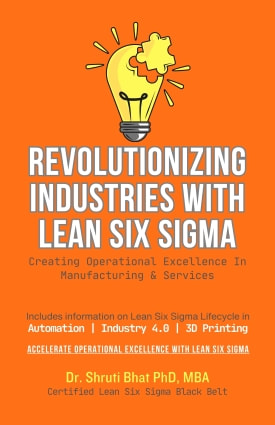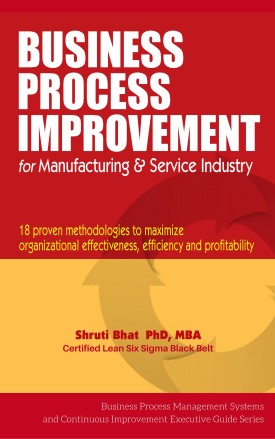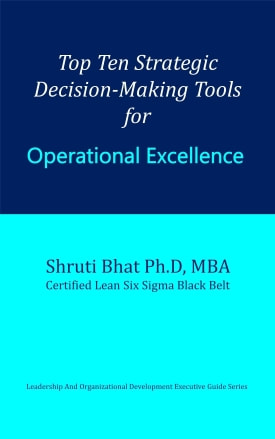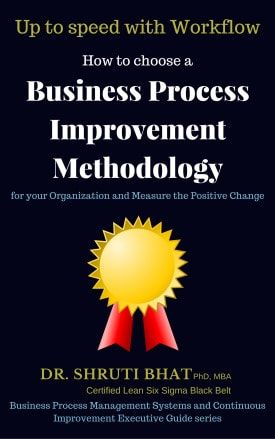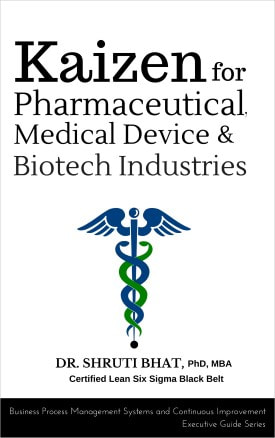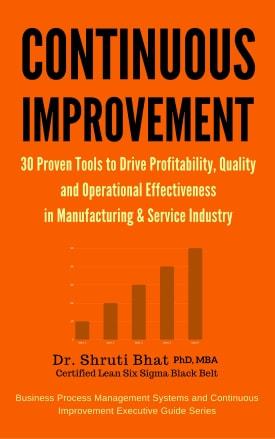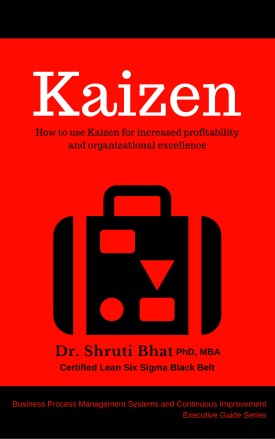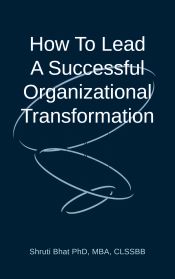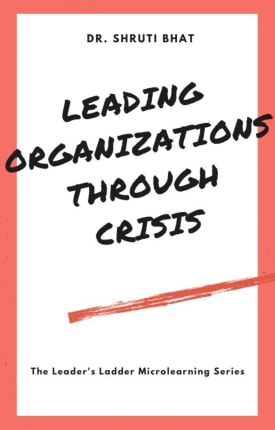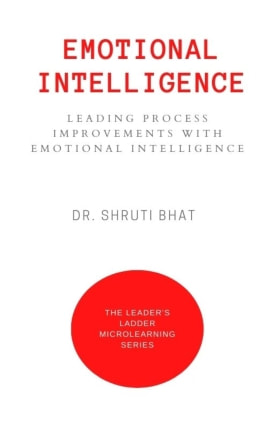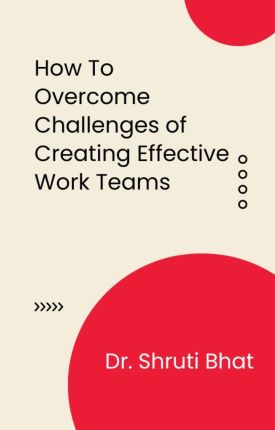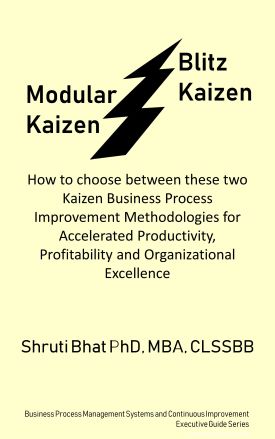These new legislation includes the Interpretation on the Application of Law Concerning Several Issues in Handling Patent Infringement Disputes ("Interpretation") (effective on 1 January 2010) published by the Supreme People's Court, and more importantly, the revisions of the Rules for the Implementation of the Patent Law of PRC ("Implementation Rules") (effective on 1 February 2010).
I shall briefly present the Interpretation and the Implementation Rules and analyse the new elements they brought to the PRC patent regime.
1. Interpretation
Most of the guidelines in the Interpretation have already been widely implemented in practice in the past. The Supreme People's Court officially adopted these guidelines as judicial interpretation to support the implementation of the New Patent Law.
1.1 Guideline for damage calculation
Matching rules are adopted in damage calculation. The Interpretation expressly limits the "gains from infringement" to such extent as solely originated from the activities that infringe the rights of the patent right holder, suggesting a dichotomy between the infringer's gains from the infringing products and compensation amount.
1.2 Guideline for claim determination
According to Article 59 of the New Patent Law, the content of the claim determines the scope of protection of patent rights related to inventions or utility model. The Interpretation provides for the following rules:
(i) Free will of the patent right holder. The court shall allow the patent right holder to make changes to his claim(s) before the conclusion of the court debate of the first instance. In addition, the patent right holder may also request to determine the scope of protection of patent rights based on a subordinate claim.
(ii) Doctrine of estoppels If, during the course of examination or invalidation procedure, a patent applicant or patent owner abandons a technical solution by amending the claim or specifications or by making statement, the court will not uphold its allegation of rights on the abandoned technical solution into the scope of protection of patent.
1.3 Guideline for infringement determination
According to the Interpretation, the principle of literal infringement and doctrine of equivalence are respected.
The court shall examine all the technical features defined in the claim(s) asserted by the patent right holder in order to judge whether the disputed technical solution falls into the scope of patent. If such technical solution lacks one or several technical features as defined in the claim, or includes one or several technical features that are neither identical nor equivalent to that defined in the claim, it shall not constitute an infringement.
1.4 Indirect infringement
The Interpretation provides for the rules of indirect infringement which is not stipulated in the New Patent Law.
The use of a patented product as a component for the manufacture of another product as well as the sale of such manufactured product is considered as use of patent and constitutes patent infringement. However, for an industrial design, the manufacture of another product by using such industrial design product as one of the component will not be considered as infringement if such use is only limited to the technical function of such product instead of its industrial design.
Joint infringement may be constituted if the party which sells such patented product without authorization of the patent right holder as well as the party which manufactures another product by using such patented product has jointly planned for such infringement.
2. The Implementation Rules
The revised Implementation Rules provide for detailed explanations and specifications to smooth the implementation of the New Patent Law.
The following key rules need to be taken into account:
2.1 Inventor or designer financial reward
The former implementing rules of the Patent Law provided that an inventor or designer of a stated owned enterprise was entitled to obtain financial reward for the patent of the technology or design that he or she had invented or made during the performance of his/her duty. However, no detailed rules were stipulated for other companies than state owned enterprises.
The new Implementing Rules extend the above provision to any type of companies, including private companies.
Unless otherwise agreed or excluded in the underlying contract (employment or services contract) or internal regulations of the company, the company shall financially reward the inventor or designer at least as follows:
- announcement: at least 3,000 RMB (invention) and at least 1,000 RMB (utility model or industrial design).
- exploitation of the patent: at least 2% of the annual operating margin (invention or utility model) or 0.2% of
- the annual operating margin (industrial design).
- licence: at least 10% of the royalties.
2.2 Genetic resources
The New Patent Law has introduced a disclosure obligation for the application of patents based on genetic resources.
The Implementation Rules define, in Article 26, the following two important terms regarding the genetic resources stipulated in the New Patent Law:
- Genetic resources mean the materials obtained from human body, animal, plants or microbes, etc, which contain genetic functions and which have actual or potential value.
- Invention relying on genetic resource means an invention that utilizes the genetic functions of genetic resources.
Moreover, the Implementation Rules specify that when a patent application is made for an invention relying on genetic resources, the applicant shall expressly disclose this issue in the application documents and shall fill out a specific form provided by the patent administration authority.
However, the Implementation Rules fail to clarify issues such as the definition of "direct source" and "original source" mentioned in the New Patent Law.
2.3 Compulsory licence
The New Patent Law stipulates situations which allow the patent authority to grant a compulsory licence:
- a patent right holder fails to exploit or fully exploit his patent without any justified reason within 3 years of the patent grant date or 4 years of the patent application date; or
- the patent right holder has been exploiting the patent rights in a monopolizing manner.
According to the Implementation Rules, failure to fully exploit a patent would happen in the event the patent right holder or licensee's methods or scale of exploiting the patent cannot fulfill the need of such patent in China.
The New Patent Law provides that for public health purpose, the patent authority has the right to grant Chinese companies the licence to manufacture patented medicine and/or export them to countries or regions, with which China has concluded related international treaties. The Implementation Rules use the definition of pharmaceutical products in the TRIPS Agreement to define "patented medicine". The definition of "patented medicine" include necessary active ingredients and diagnosis kits to be used for making such patented medicine.
The main consequence of the above clarifications on compulsory licence is probably to give the Chinese government further bargaining power prior or during negotiation with the patent right holder on the exploitation of its rights and to encourage generic companies to apply for grant of a compulsory licence.


